Master portraitist Kevin Murphy explains what really matters to capture the likeness of a face when painting portraits to make it look like the person you are painting.
Viewing Shadow & Light as Abstracts
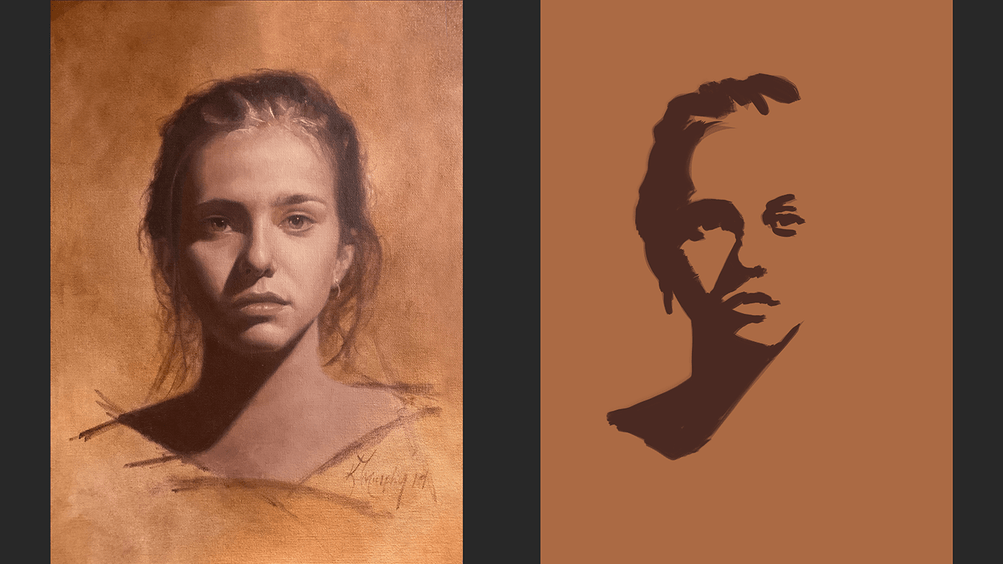
The shape of the light and the shadow is the key to capturing the likeness in a portrait.
When painting a portrait, I (Kevin Murphy, founder of Evolve Artist) find it easiest to look at the shape of the shadow and think of it as an abstract. Then look at the shape of the light as a secondary abstract and see the two like puzzle pieces that link together. It’s important to take your time with this step.
The Process to Capture the Likeness of a Face
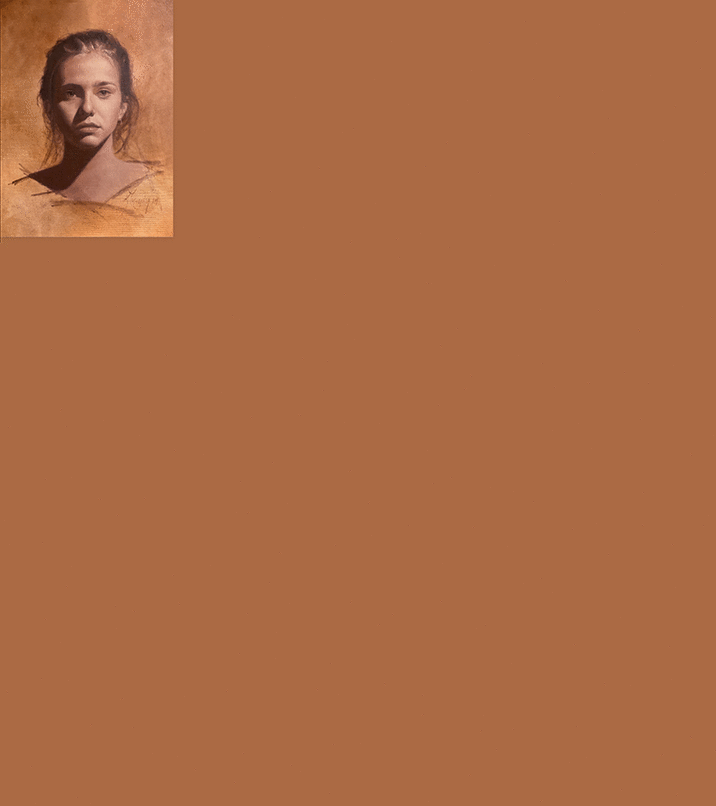
Just by outlining the shape of the shadow in a portrait will create an instantly recognizable face.
Let’s say that on a face there is a shadow running down the face and into the eye socket, down the nose, then under the nose. If I can create that shape, even if it takes me 20 minutes to perfect the length and widths and the angles of each of those marks, I’ll be able to capture the likeness of the face. I'll immediately start to recognize the person just from that contour.
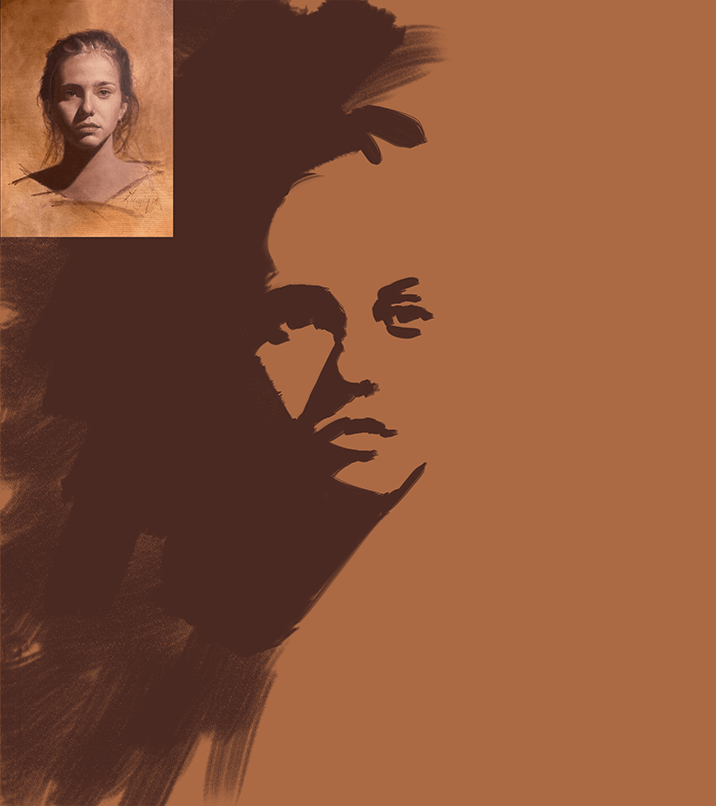
The next step after defining the shape of the shadow on the face is to define the shape of the light.
Then, I can define the other side of the face where the shadow side dissolves into the background. Then, I add a sharp edge that defines the shape of the light in the shadow on one side, and it starts to capture the likeness of the face.
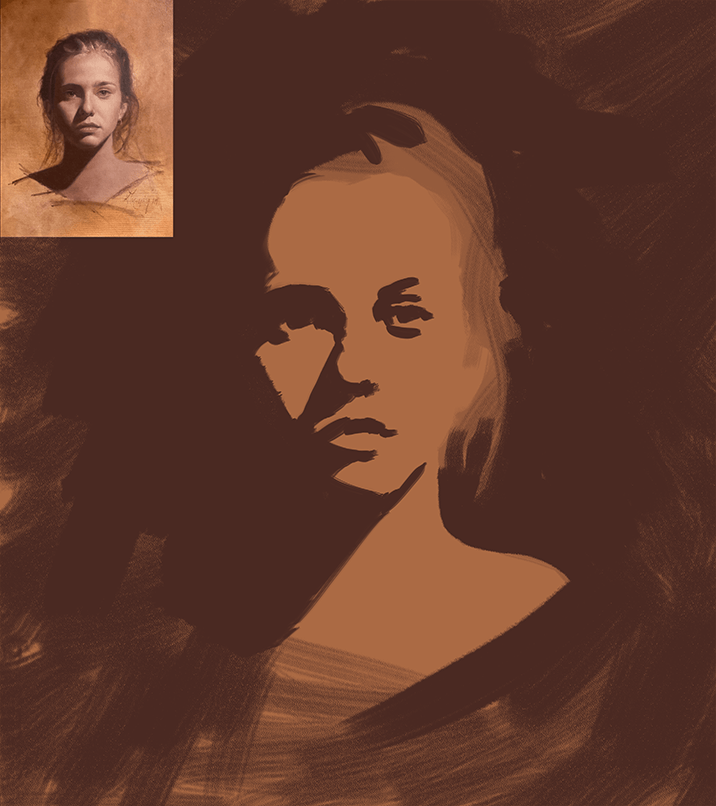
Breaking down the edges in a portrait helps to create the impression of volume in the face.
At this point, I can start breaking down edges and creating the impression of volume in the places where we turn the form. The cast shadows are going to stay sharp, but going around the form, like the curve of the forehead and the cheek, you're going to have a soft graded edge. (Click HERE to read about cast and form shadows when working on the edges in a painting). Once I start putting those edges in and making the face feel rounded, I’ll have a recognizable painting. (To learn more about how to create depth and volume in your art, watch the FREE course HERE).
Using a Big Brush to Capture the Likeness of a Face
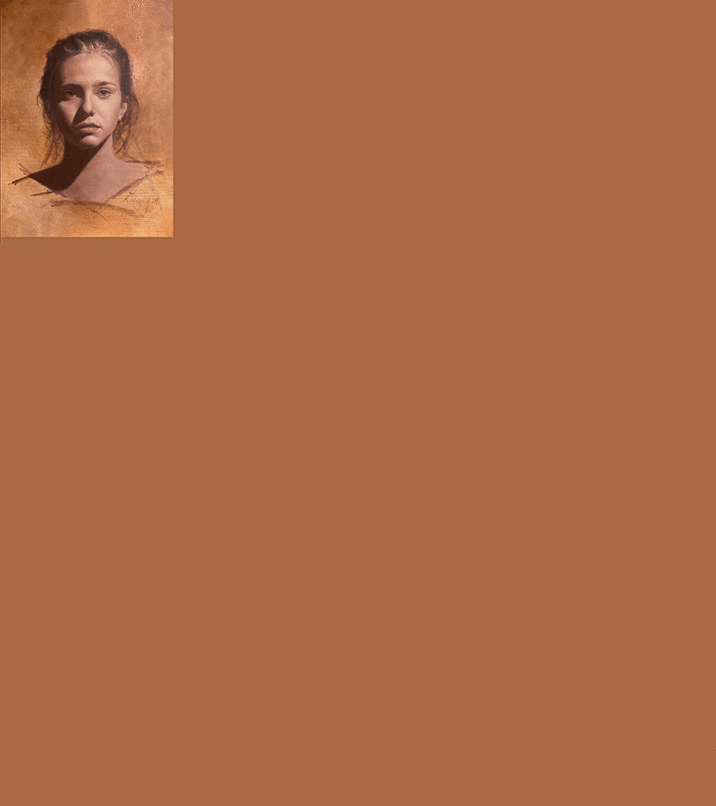
Starting with a big brush helps you to think in terms of the structure, not the details, when starting a portrait.
If you were going to spend three hours working on a portrait, you could burn two and a half hours just getting that contour between the shadow and light, even while using a large brush. Starting by using a big brush keeps you from thinking in the details.
If you have a small brush, you are going to think in marks based on the size of the brush. If you're using a six-inch roller, you can only get so small with your marks. So you want to work with a big, clumsy tool to start.
Finding the Structure to Capture the Likeness of a Face
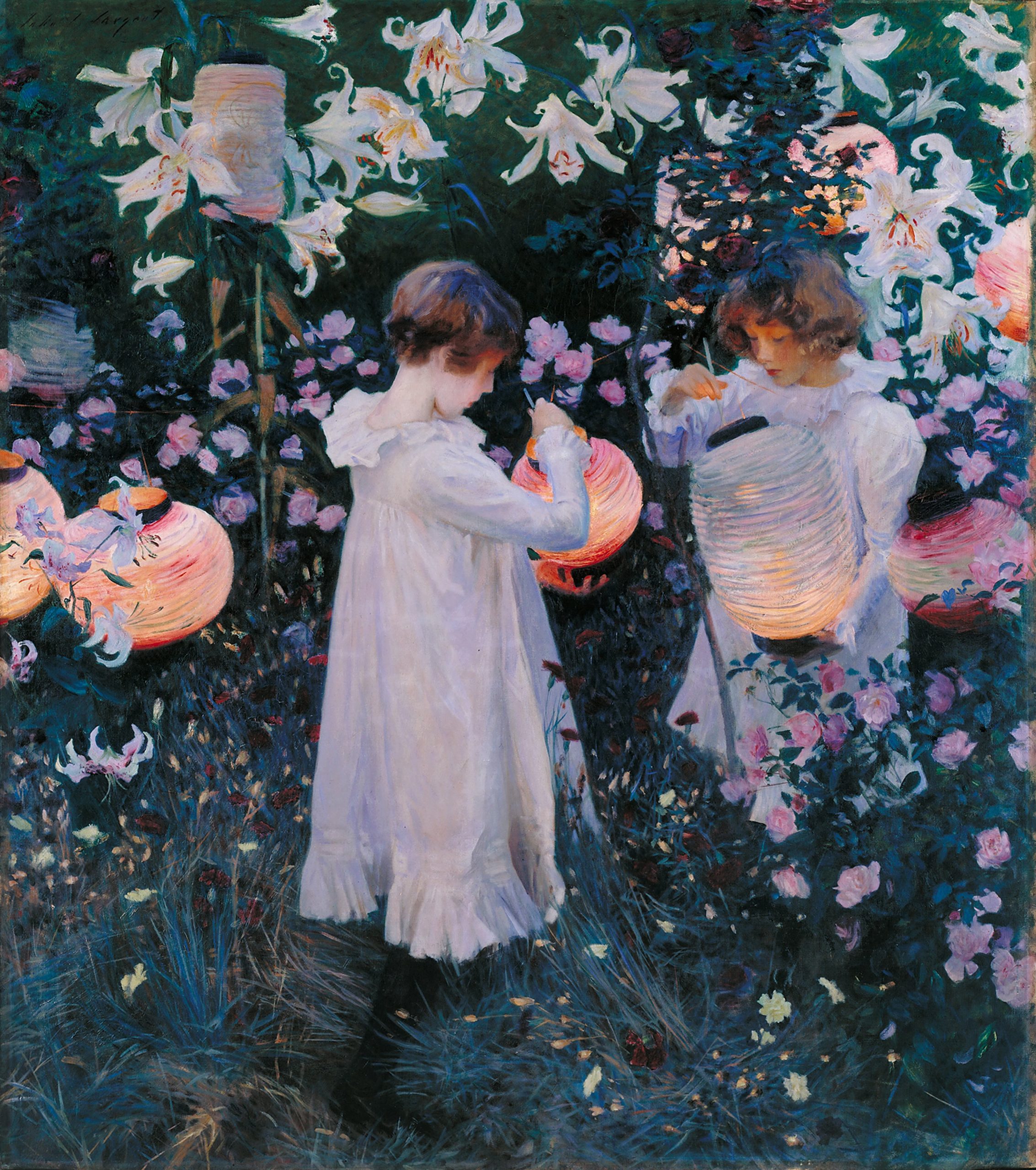
Carnation, Lily, Lily Rose by John Singer Sargent. The structure of the faces capture the likeness of the subjects without the detail.
It's not the eyes and the nose, and the mouth. It's not the details. It's not razor stubble. It's not individual hairs. It's the bone structure in the head that makes the person look the way they look. The eyes, the nose, and the mouth, they're decorative. They're like earrings.
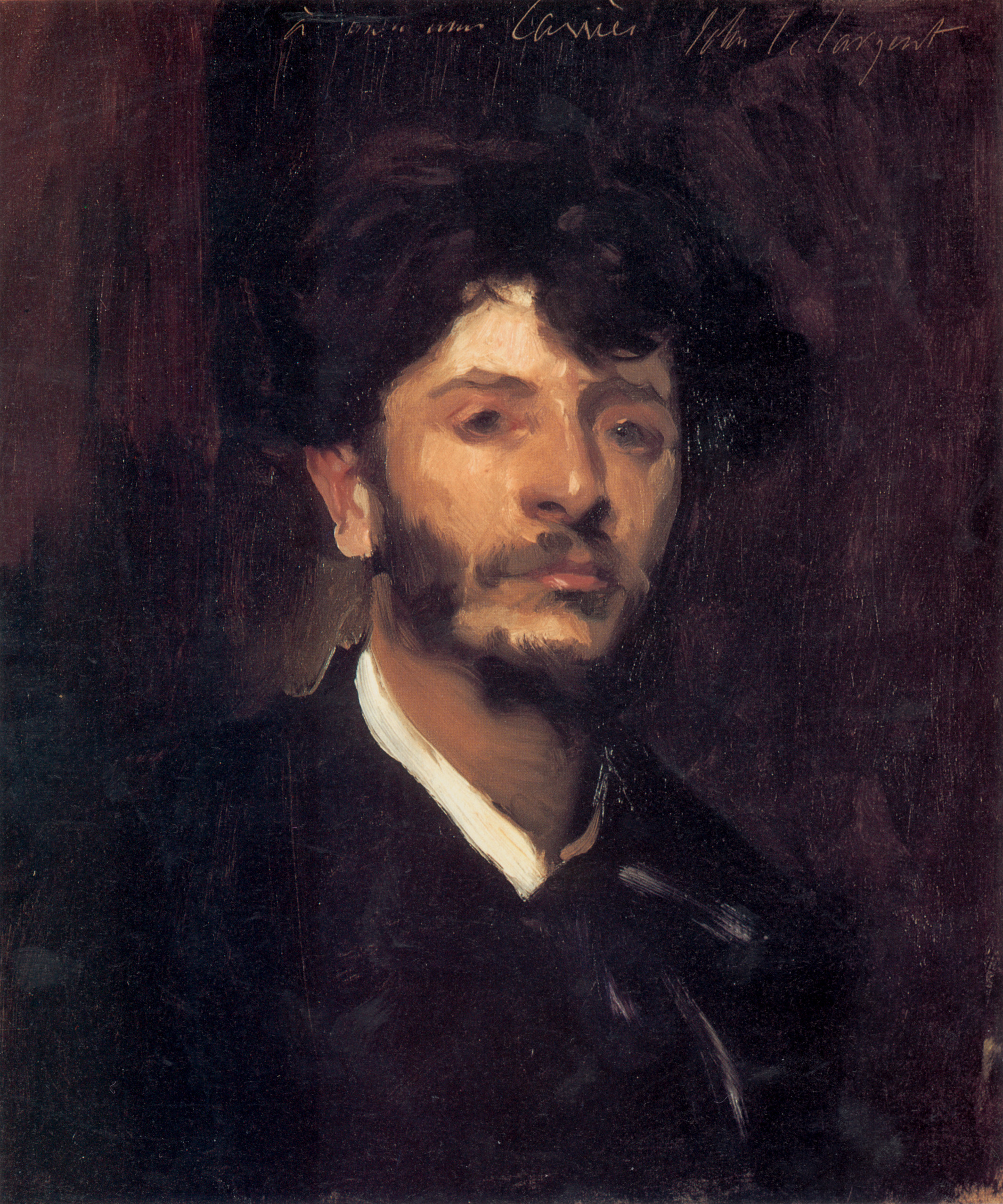
Portrait of Jean Joseph Marie Carries by John Singer Sargent. Even without the clear details of the face, Sargent manages to capture the likeness of his subject.
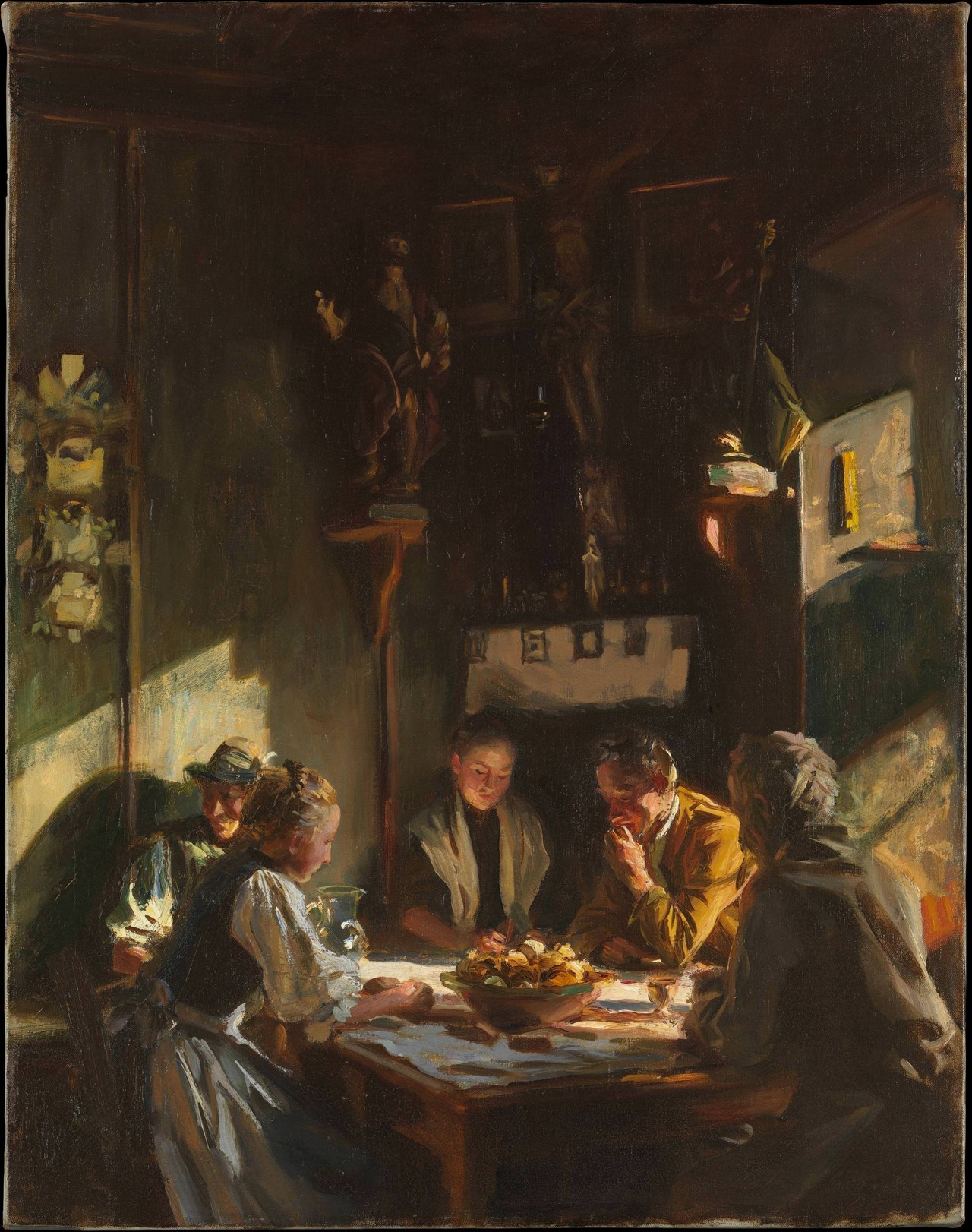
Tyrolese Interior by John Singer Sargent. Broad strokes that outline the structure of the face make the subjects recognizable without much detail.
If you go and look at John Singer Sargent, or portraits by Zorn, you'll see that a lot of these paintings, particularly in the shadows, barely even hint at an eye or a nostril. They just leave it out completely.
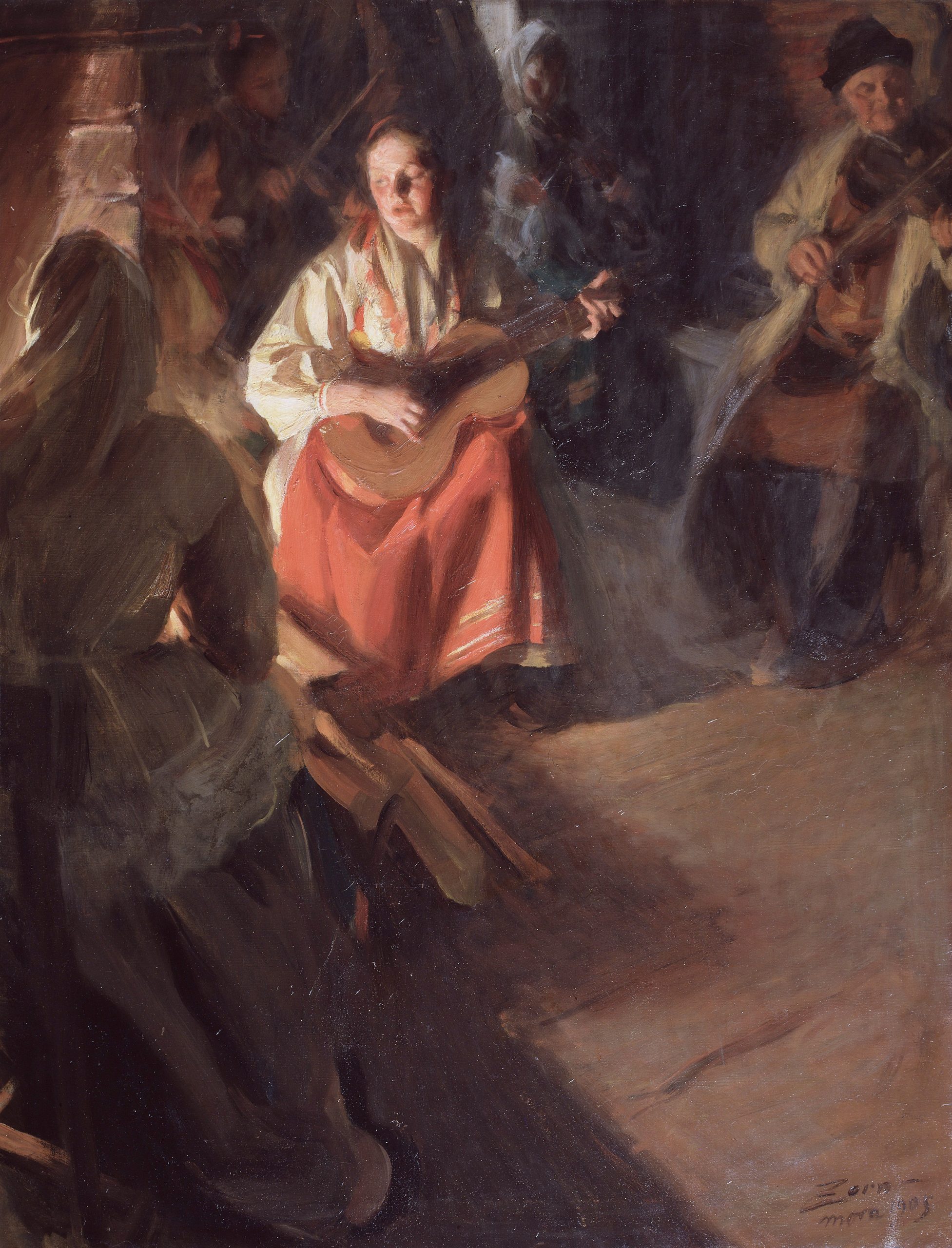
A Musical Family by Anders Zorn. Despite the lack of details, Zorn perfectly captures the likeness in the face by defining the structure using shadows, lights, and edges.
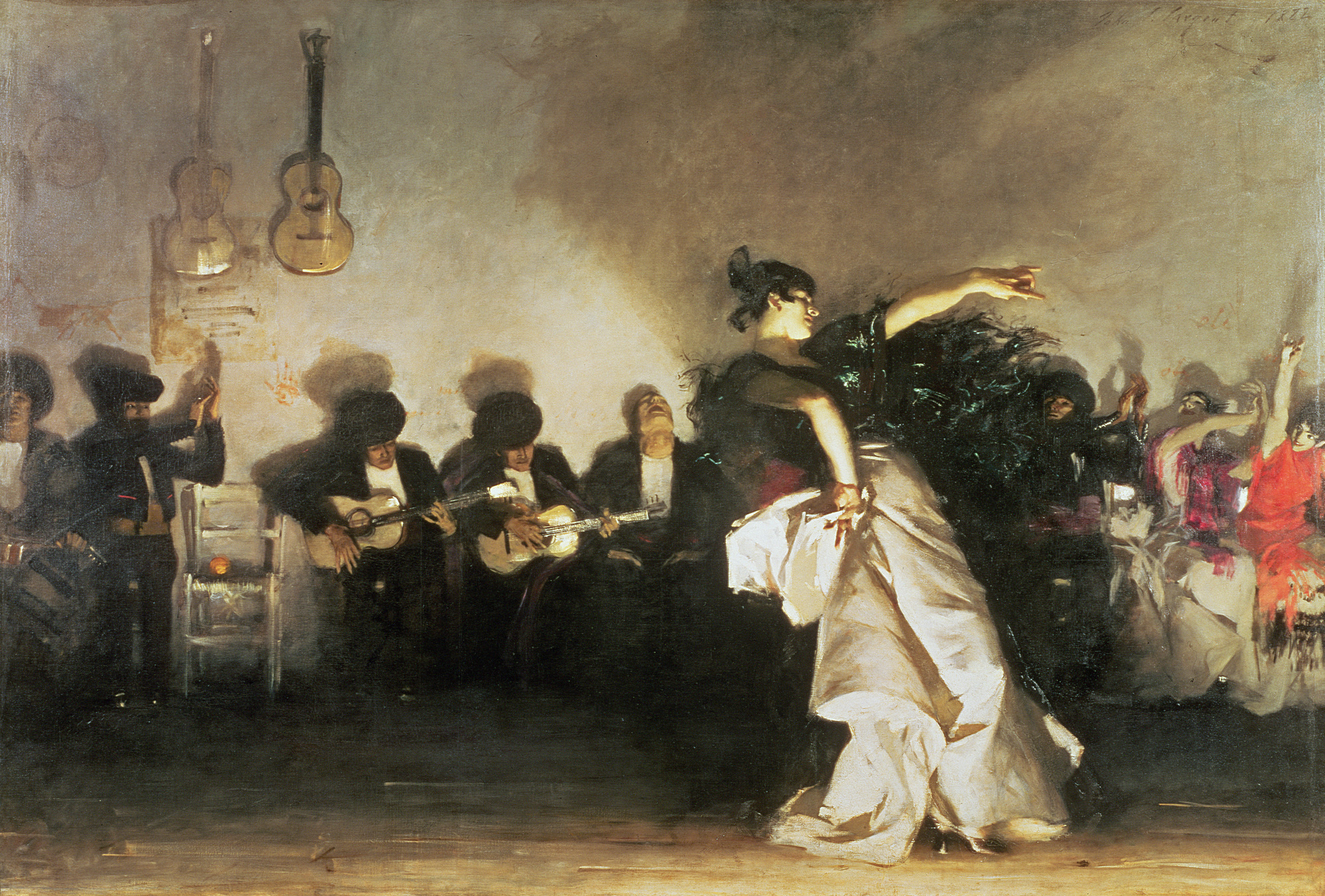
The structure of the head is all you need to capture likeness as evident in this painting, El Jaleo by John Singer Sargent.
It doesn't matter because it doesn't have anything to do with the structure of the head. Your brain will fill in the blanks if the structure of the head is done well.
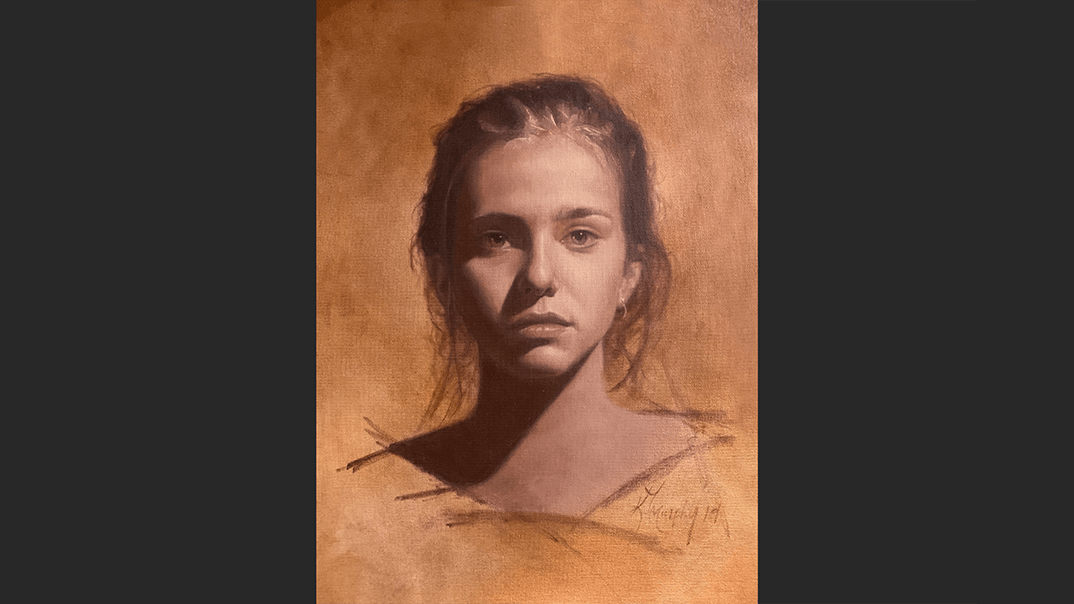
If you can't see it from 30 feet away, it's not crucial to the structure of the face.
So what parts of the structure are the most important? How do we know if an object is to be considered structure or detail? The easiest way to describe it is if you can't see it from 30 feet away, it doesn't matter.
How Much Shadow vs. Light
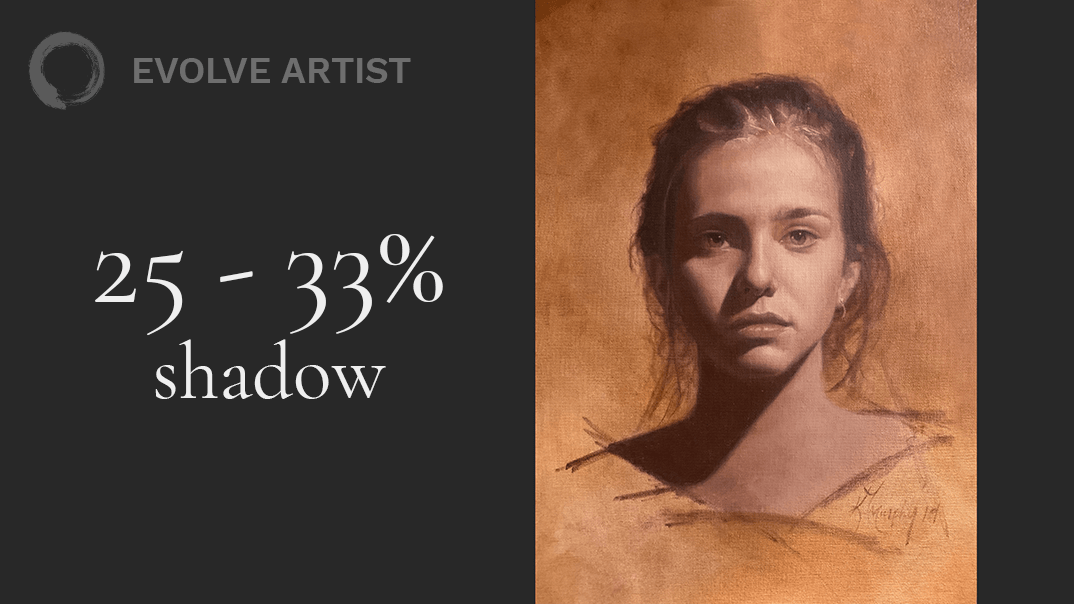
As you're learning, start with at least a quarter to a third of the face in shadow to help you define the structure of the head.
When you're first starting out, you want to make sure that you've got a decent percentage of the face in shadow. At least a quarter to a third of the face should be in shadow when you start. Then as you get better and better, you can eliminate shadow as you start to get a better sense of how the structure of the head works.
A portrait can be extremely challenging depending on how it’s lit if you don't have a process for tackling it. But it's not that complex if you understand how it works. Starting with shadows is going to give you a springboard into more complex, delicate, and subtle portrait work.
Experience is the Key
Artists will tell you that there’s an “ugly phase” where it takes maybe 2 hours before their painting starts coming together. How do you know if you’re moving in the right direction? How do you know when you’ve completed the structure of the portrait?

Getting the contour of the face right takes time and practice.
Experience is the key. As you're painting the contour of the shadow against the light, then putting in the light, and then creating the gradients to turn form, you just need to continue to manage the shadowed edge until it matches what you see.
It may take 15 minutes or 15 hours. You can't force the face to look like the person if you can't get that contour right. Once the contour is right, everything else flows from it. So, take your time. When you first do it, it's going to be clumsy.
Take the Time to Get it Right
You can paint the structure really quickly and the proportions may be off, but you'll see immediately that even with the proportions off, it'll still capture the likeness of the face. Now, that will tell you that you need to slow it down. Be more specific. Be more particular about the contour. Be patient.
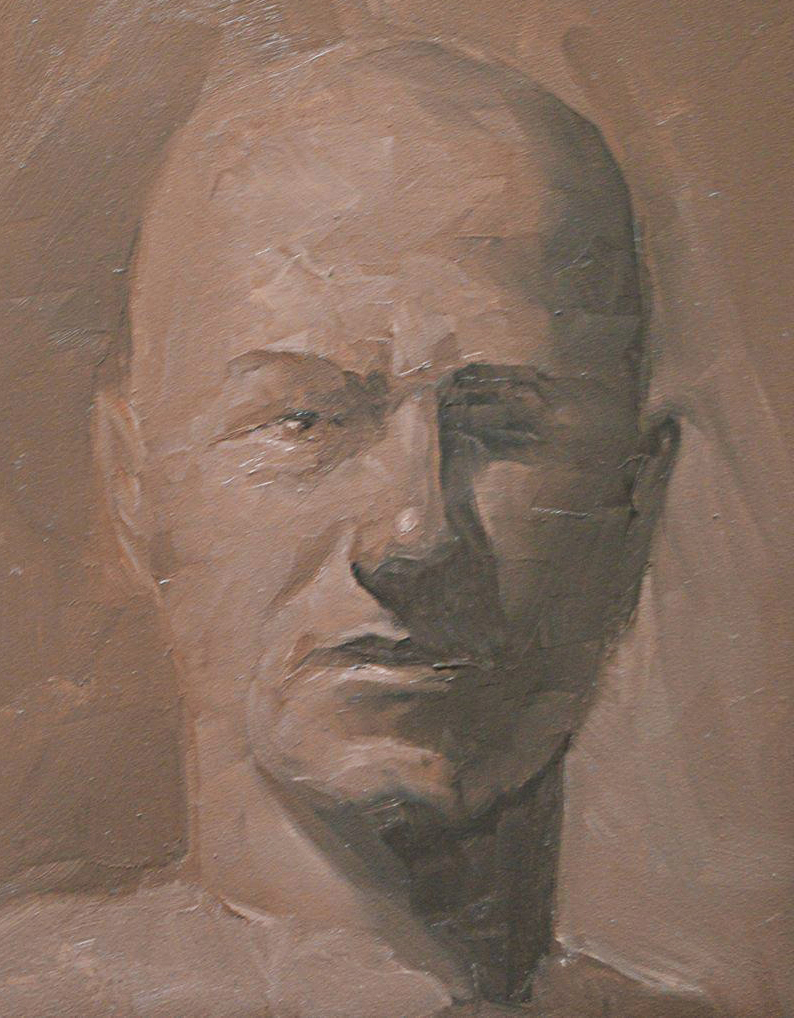
Even a clumsy 6-inch portrait completed in three minutes can still capture the likeness of a face if it defines the structure of the head.
I could do without any reference material and a one-inch brush and paint a six-inch head in three minutes. Now, it won’t be flawlessly proportional and it'll be clumsy, but I’d still see a three-dimensional head come out of that. And that’s in three minutes.
Imagine if I spent an hour and really took my time and moved down to smaller brushes when the big brush didn't fit. (Again, I'm talking about brushes, not the details.) The results would more accurately capture the likeness of the face.
Final Thoughts on How to Capture the Likeness of a Face
There are several things to keep in mind when you are trying to capture the likeness of a face that matter, as mentioned above. You probably won't get it right the first time but practice certainly makes progress. Be patient with yourself and keep at it.
This is the fourth post from our Master's Guide to Painting Better Portraits series. Subscribe to stay posted!
Read the previous posts in the series:
Master's Guide #1: Where to Start a Portrait
Master's Guide #2: Simplicity in Portrait Painting
Master's Guide #3: How to Build Confidence in Portrait Painting
Master's Guide #5: Quickest Method to Level Up Portrait Painting Skills
Master's Guide #6: How to Price Portrait Paintings
Master's Guide #7: How to Get Portrait Commissions
Master's Guide #8: Are Today's Portraitists Better Than the Old Masters?
If you found this post insightful and you want to get more content like this, then check us out on YouTube and follow us on Instagram.
Happy painting!
